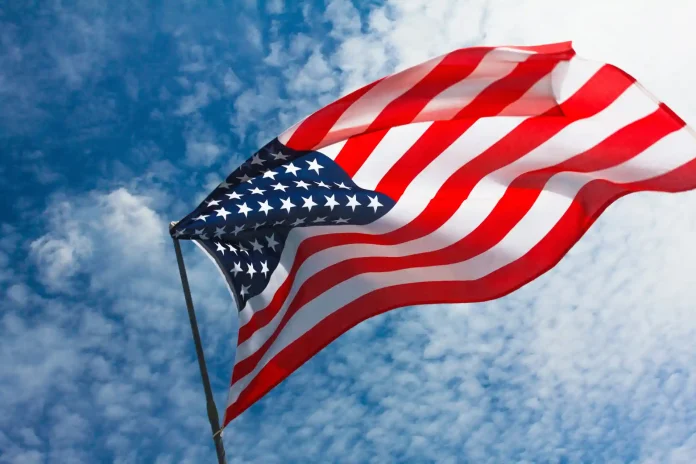US Independence Day, often known as the Fourth of July, is a federal holiday in the United States that celebrates the Second Continental Congress’ approval of the Declaration of Independence on July 4, 1776. The Declaration announced the thirteen colonies’ separation from Great Britain and the foundation of a new nation, the United States of America. Every year on July 4th, the United States booms in a composition of red, white, and blue. But have you ever considered the rich history of USA Independence day? Let’s delve into the events that lead to the foundation of a ruling nation, as well as the traditions that preserve its essence.
The Stamp Act and Beyond (1765-1775)
In 1765, the British Parliament established the Stamp Act, which placed an additional fee on printed publications such as newspapers and any other legal documents. This provoked resentment in the colonies, where they realized they were being unfairly taxed without having any control over it. The now-famous phrase “No taxation without representation!” echoed across the streets after this.
The colonists’ rage intensified with the passing of each unfair British act. In 1773, as a protest against another tea tax bill, colonists dumped boxes of tea into Boston Harbor. In response, the British Parliament issued the Intolerable Acts, which had a number of severe laws designed to punish Americans. These activities damaged the relationship between the colonies and the government of England.
The Declaration of Independence
By 1776, the colonists decided that they had suffered enough of injustice and were no longer willing to wait. The battles of Lexington and Concord marked the start of the American Revolutionary War. As the battle carried on, the colonists faced an impossible choice: were they simply fighting over too much taxation, or was there something deeper at stake?
Richard Henry Lee, of Virginia, proposed a resolution to the Second Continental Congress in June 1776, formally declaring independence from Britain. A large majority supported the notion, and on July 2nd, the Congress voted to declare independence.
Related! Motaz Azaiza Biography
However, the search for freedom required an explanation, a clear statement of why the colonies deserved to be their own nation. That’s where Thomas Jefferson’s brilliance came in handy. Over the next day, Jefferson and the other Founding Fathers composed the Declaration of Independence. This strong declaration, acknowledged on July 4, 1776, declared the thirteen colonies free and independent states, conveying the ideas upon which the new nation would be founded: self-government, individual rights, and consent of the people.
The Declaration of Independence was not simply an act of war, but also a declaration of choices. It was an extraordinary statement that still inspires individuals all over the world today.
Celebrating the History of USA Independence Day
The early Independence Day festivities were different from the magnificent fireworks displays that we see today. Early celebrations were more modest, with readings from the Declaration of Independence, speeches, and religious services. However, as the young nation became stronger, so did its celebrations. By the early nineteenth century, Independence Day had evolved into a national historical and celebratory holiday.
Also! USA Performance in Cricket World Cup Stuns Everyone
Today, the history of USA Independence Day is an important part of American culture. It’s a day to remember the sacrifices made by those who fought for independence, to honor the principles embodied in the Declaration of Independence, and, most importantly, to unite as a nation. So, when you fire up the grill and watch the fireworks light up the night sky, take a moment to appreciate the rich history that establishes this beloved American celebration.



